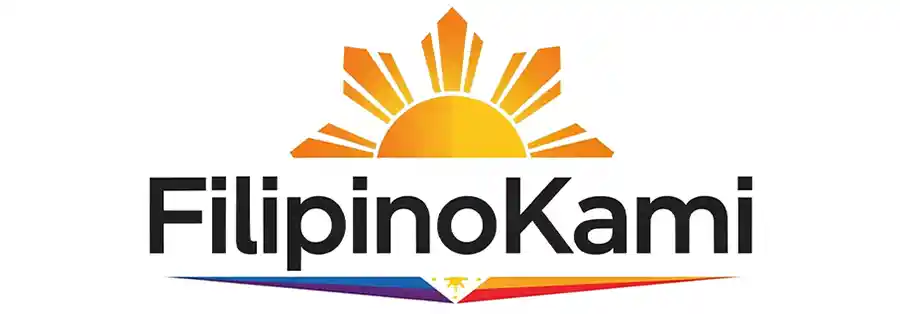First Glycogen Extraction Facility Boosts Eastern Visayas Economy
TACLOBAN CITY — The Department of Science and Technology (DOST) has launched the country’s first glycogen extraction facility in Tacloban City, signaling a major step forward for the region. This facility transforms green mussels into high-value glycogen, opening new opportunities across various industries.
DOST – Eastern Visayas Director John Glenn Ocaña shared in a recent interview that this project is expected to generate significant socio-economic development for Eastern Visayas. He emphasized that the facility’s establishment marks a key advancement for the area.
Funded mainly by the DOST-Philippine Council for Agriculture, Aquatic and Natural Resources Research and Development (DOST-PCAARRD), the P8-million facility is situated within the University of the Philippines property in Barangay New Kawayan, Tacloban City.
New Facility to Drive Sustainable Development
“The project is expected to create a new socio-economic development for Eastern Visayas,” Ocaña said. He added that DOST’s regional office plans to allocate additional funds to support the UP Tacloban initiative, officially titled Sustainable Strategies for Mussel Glycogen Upscale Production.
This development also offers a practical response to the recurring red tide phenomena in the region, which often disrupt the livelihood of local fishers.
Turning Red Tide Challenges into Opportunities
Despite red tide outbreaks that render green mussels unsafe for consumption, Ocaña explained the mussels’ meat can still be processed to extract glycogen. This valuable substance has applications in cosmetics, pharmaceuticals, and other industries.
The DOST highlighted that mussel glycogen’s unique properties make it a breakthrough for sustainable production and innovation. The facility is poised to boost not only the local economy but also spur advancements in multiple sectors.
“This project will not only contribute to the economic growth of Eastern Visayas but also pave the way for advancements in industries such as pharmaceuticals, cosmetics, and food production,” Ocaña remarked.
Benefits for Mussel Farmers and Communities
The production of mussel glycogen holds great promise, especially for mussel farmers and communities directly involved in the industry. Several bays in Eastern Visayas have been identified as high-risk areas for red tide outbreaks, making this innovation particularly valuable.
Red tide refers to water discoloration caused by a high concentration of algae, which can have harmful effects on marine life and local fisheries.
By converting green mussels into glycogen, the facility offers an alternative income source for affected communities while promoting sustainable resource use.
For more news and updates on glycogen extraction and regional development, visit Filipinokami.com.

